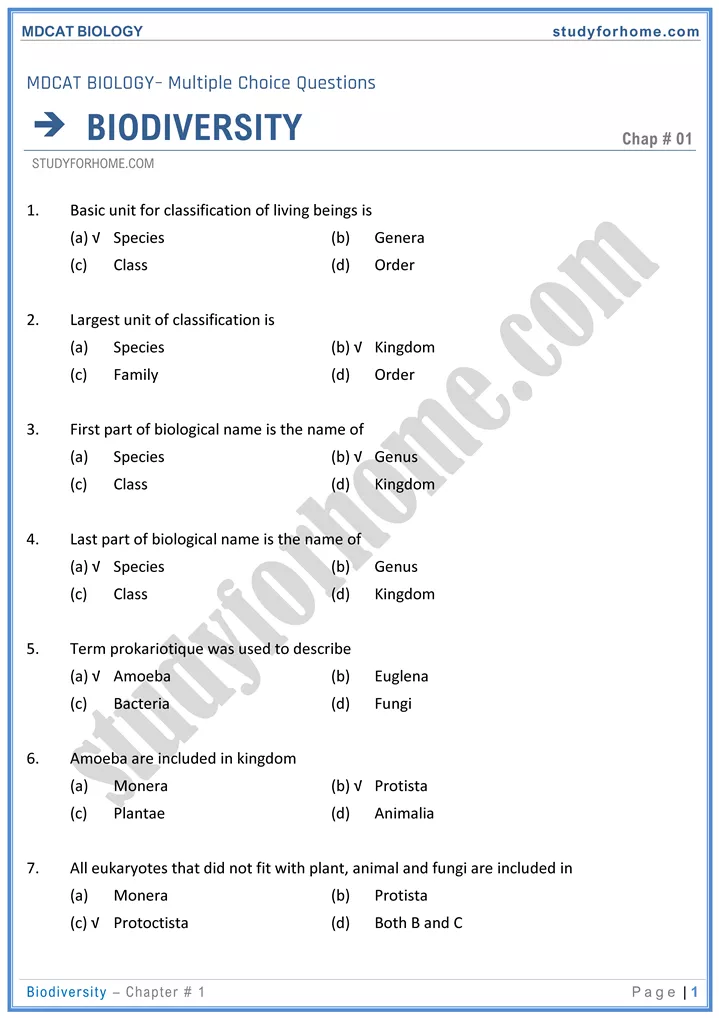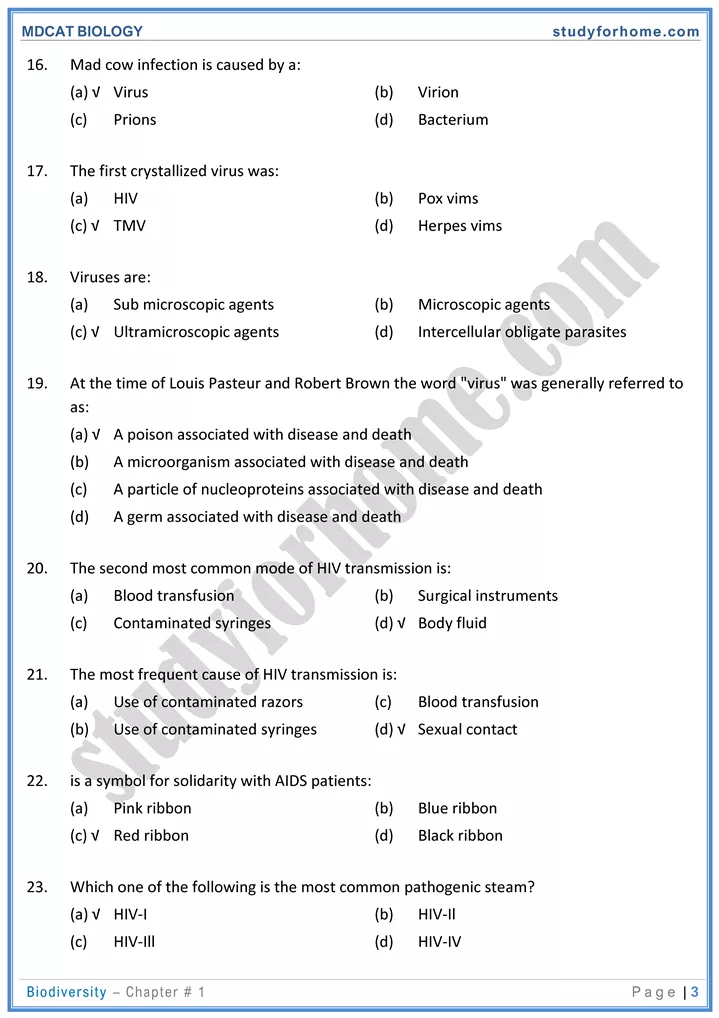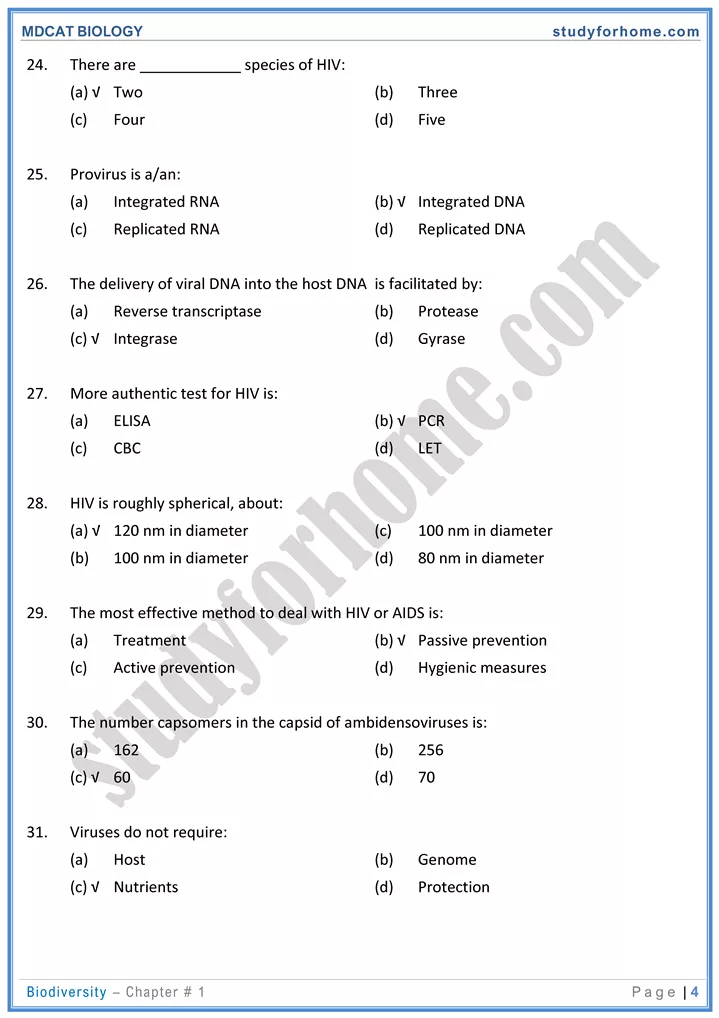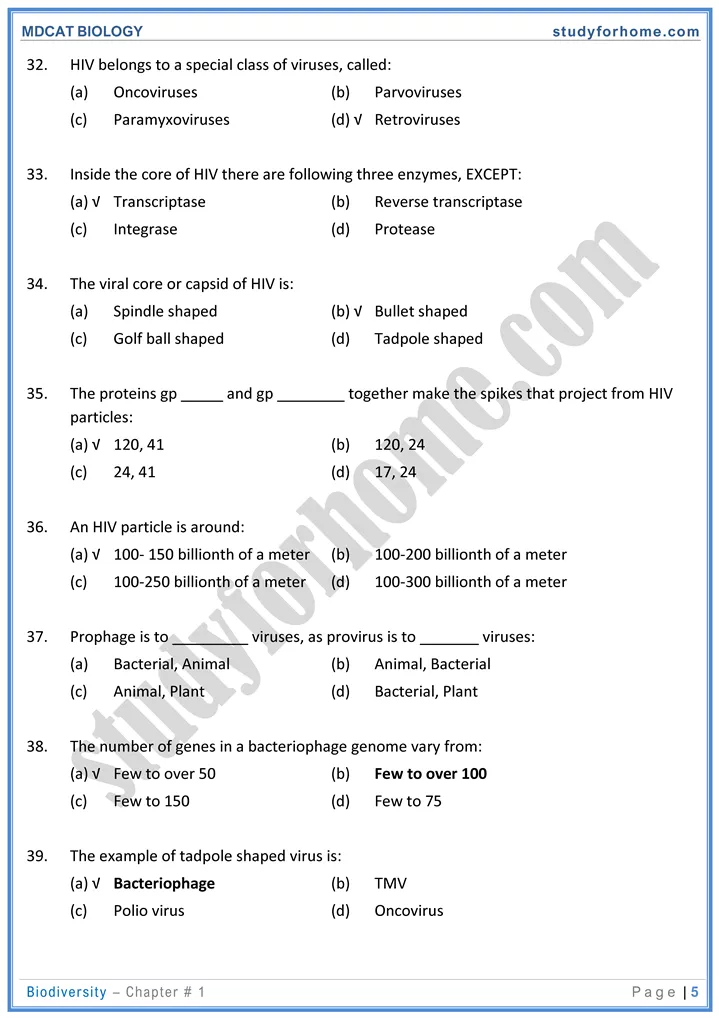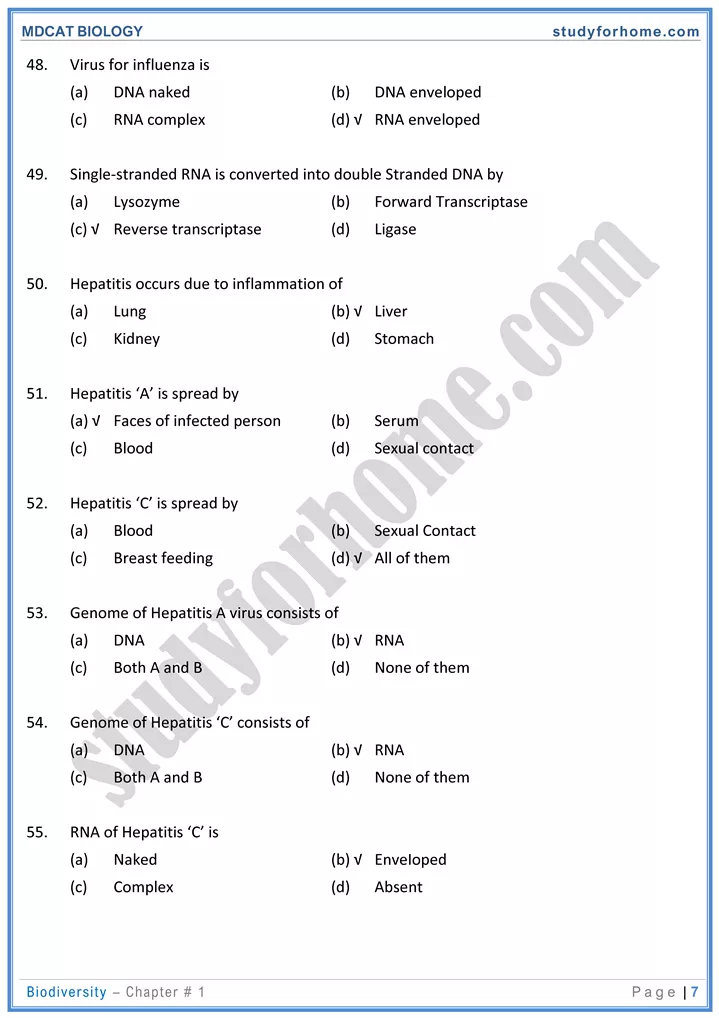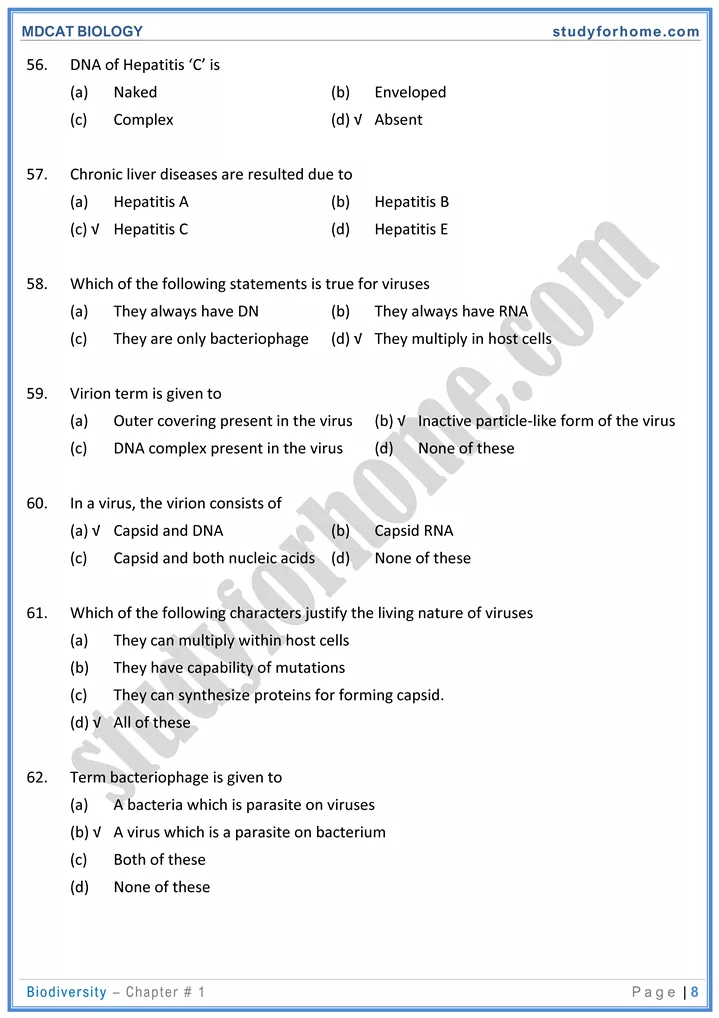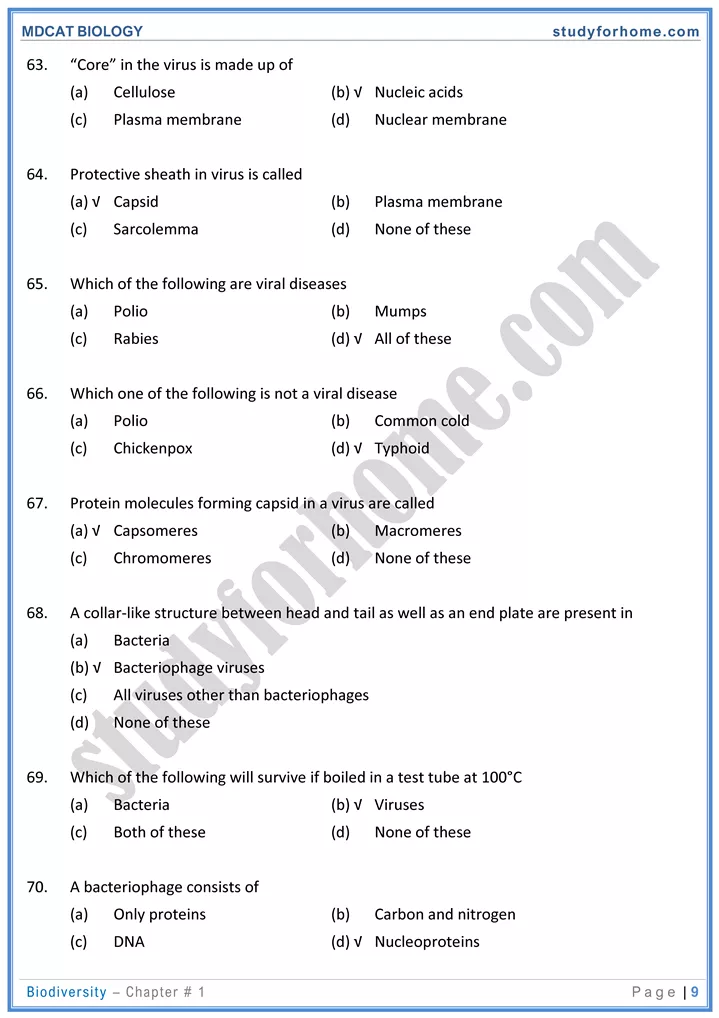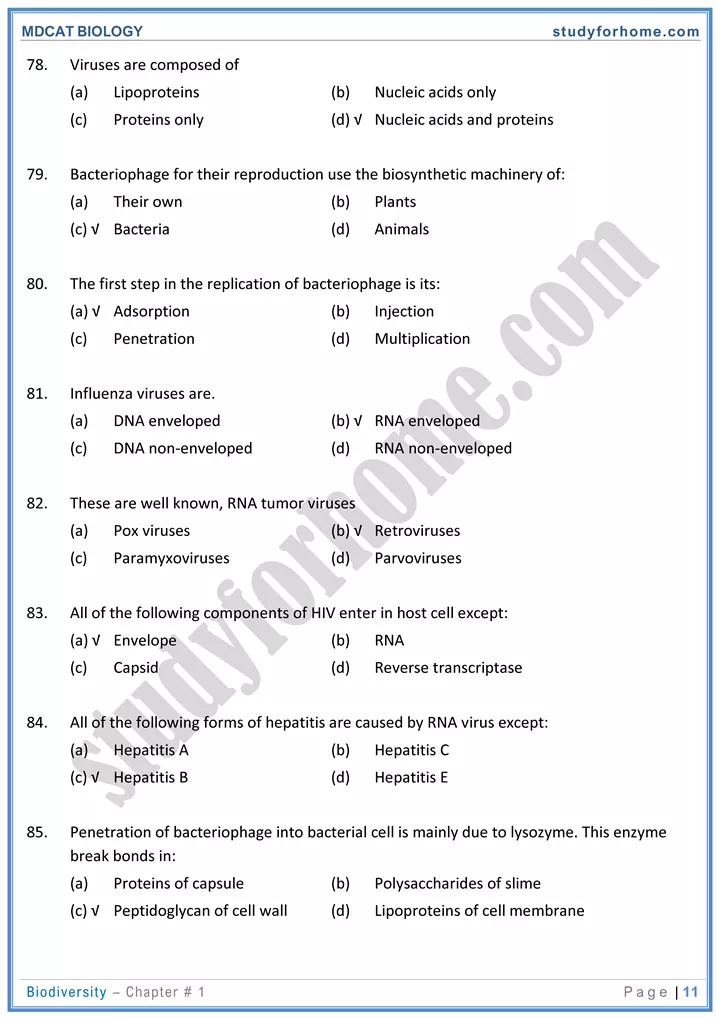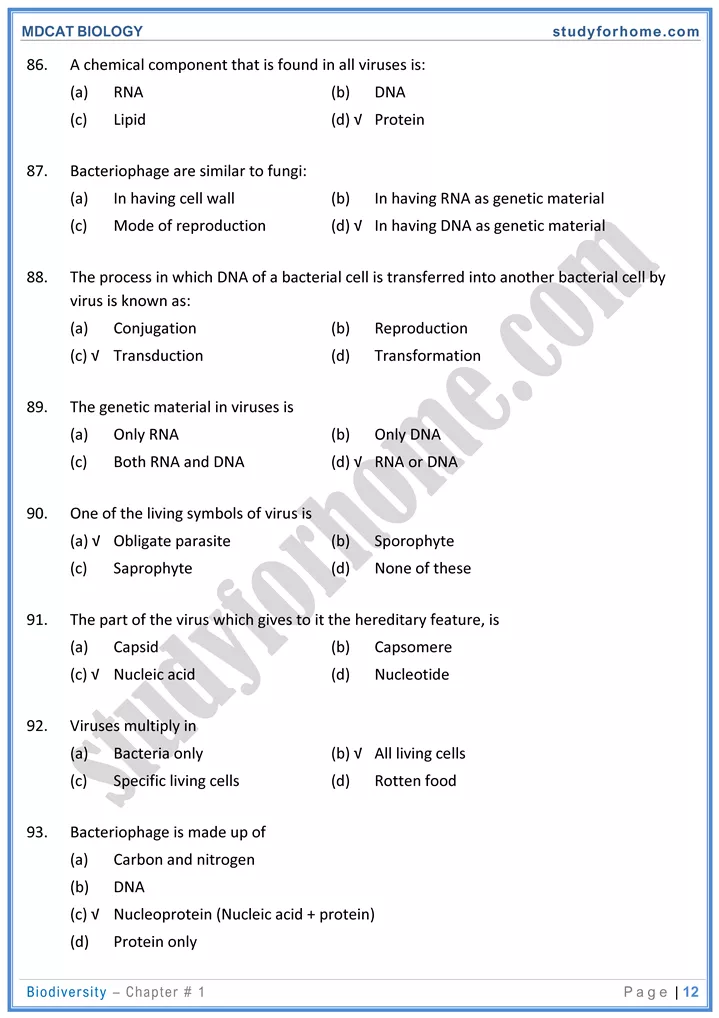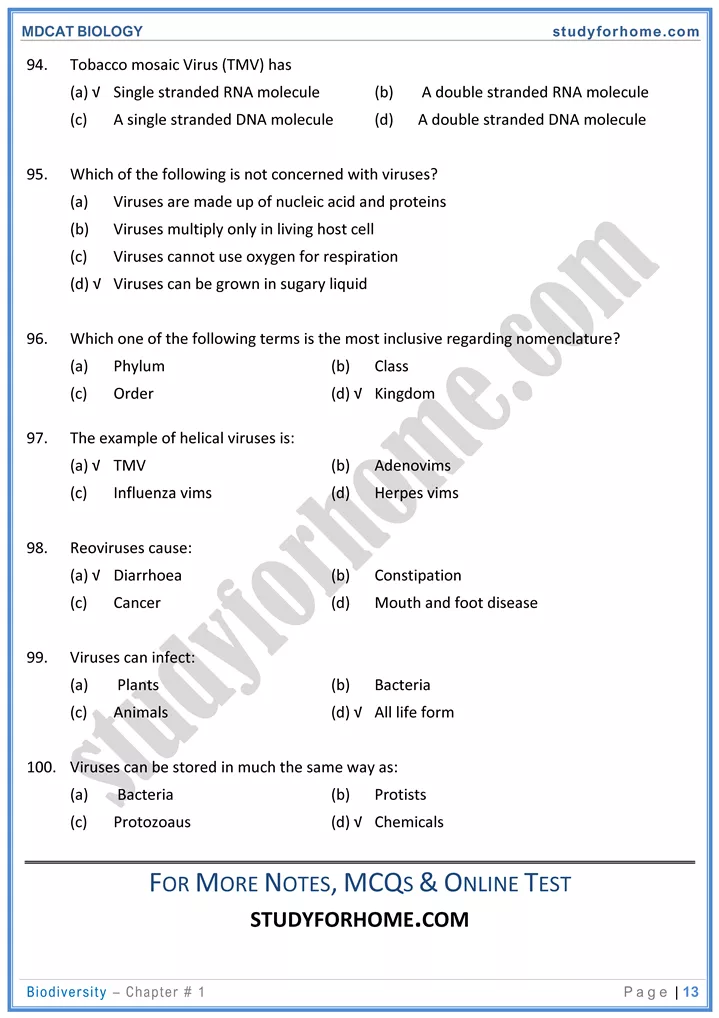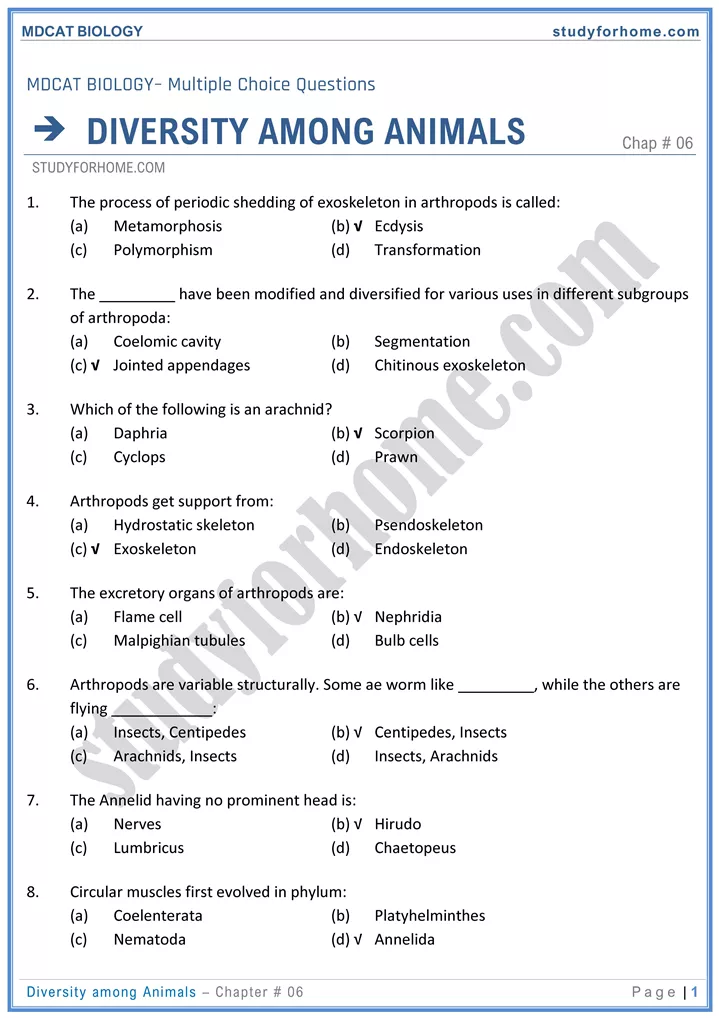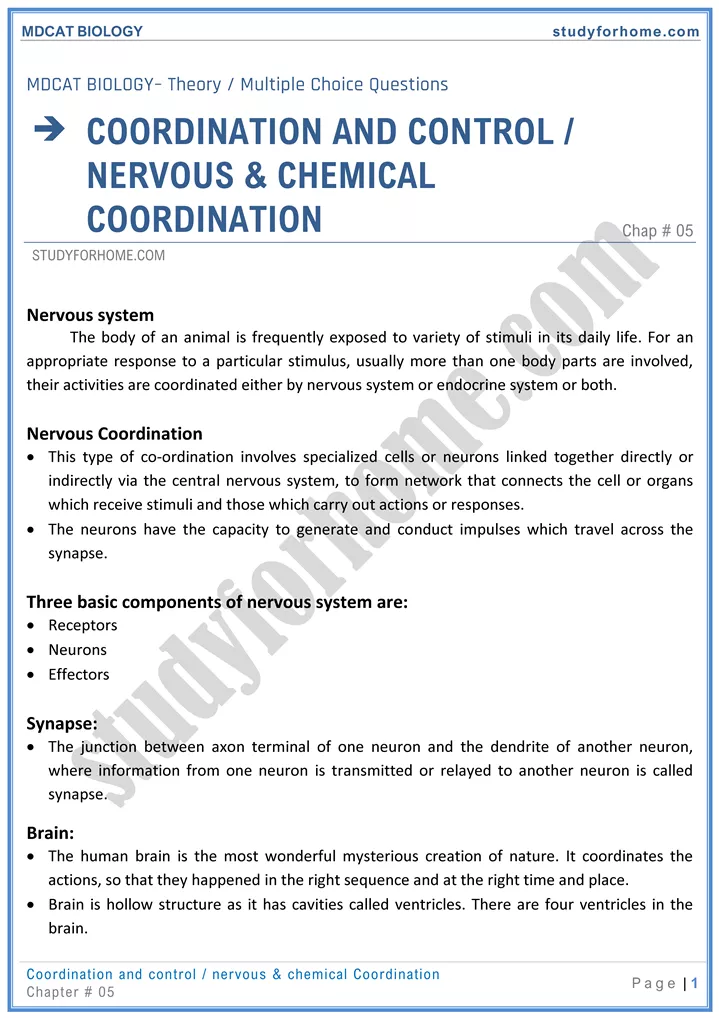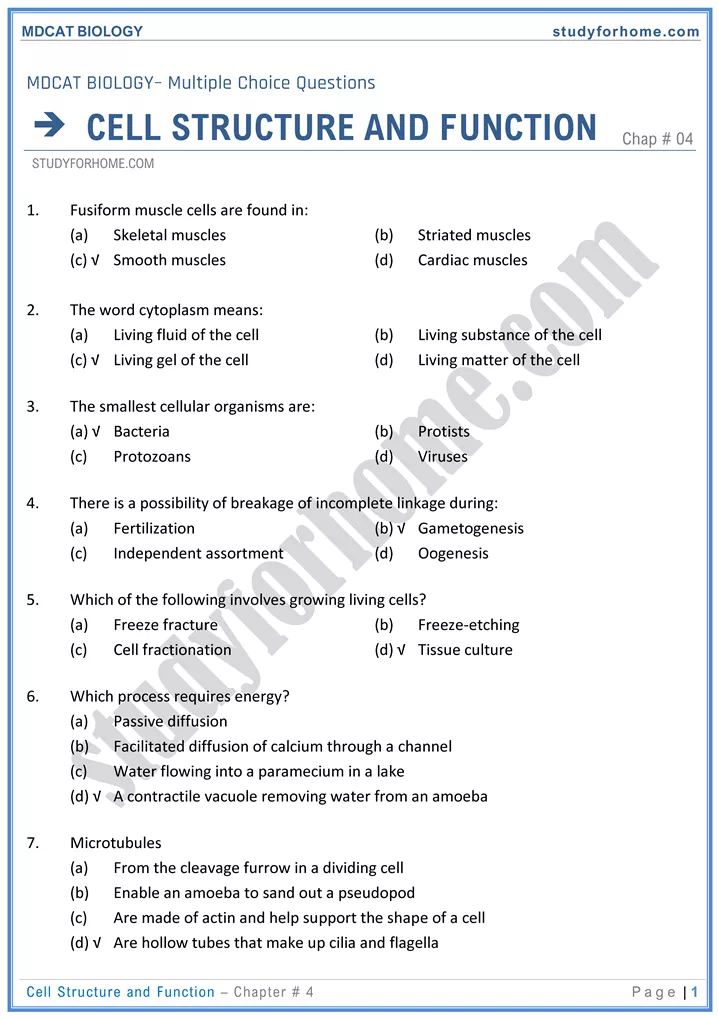MDCAT Biology – Chap#1 Biodiversity (acellular life/ variety of life)
Biodiversity is the first chapter of MDCAT Biology it contains following topics:
- Classification of viruses
- Discovery of viruses
- Structure of viruses
- Viral disease (for example AIDS)
Introduction
Biodiversity classifies that the life variations of genes and species on earth. The variety of animals, plants, fungi, and even microorganisms like bacteria that make up our natural world. Each of these species and organisms work together in ecosystems, like an intricate web, to maintain balance and support life.
Classification of viruses
Viruses are classified as bacterial, plant and animal. They are also classified according to genetic material present like DNA or RNA viruses, presence or absence of envelope.
Discovery of viruses
Viruses were first discovered after the development of a porcelain filter. In 1884, Charles Chamberland found out that the agent responsible for rabies passes through the porcelain filter. In 1892, Ivanowski discovered that the agent responsible for Tobacco mosaic disease does not pass thorough the filter and that bacteria-free filtrate could still cause the disease. In 1935, Stanley purified filterable agents and was successful in crystallizing tobacco mosaic virus and found out that they contained only proteins and nucleic acid.
Structure of viruses
- Bacteriophage body consists of the head and tail.
- The head is called capsid. It is made of proteins. Within the head, the genetic material is present in the form of nucleic acid. In case of bacteriophage, it is double stranded DNA.
- The tail consists of collar, sheath, endplate, and tail fibers.
- Base endplates have spikes through which the virus attaches to the host body.
- Tail contracts and penetrates the host cell. Nucleic acid is injected into the body by travelling through the tail.
Viral disease (for example AIDS)
Acquired Immune Deficiency Syndrome or acquired immunodeficiency syndrome (AIDS) is a collection of symptoms and infections resulting from the specific damage to the immune system caused by the human immunodeficiency virus (HIV). The late stage of the condition leaves individuals prone to opportunistic infections and tumors. Although treatments for AIDS and HIV exist to slow the virus’s progression, there is no known cure.
Mode of transmission:
HIV is transmitted through direct contact of a mucous membrane or the bloodstream with a bodily fluid containing HIV, such as blood, semen, vaginal fluid, pre-seminal fluid, and breast milk. Sweat, saliva, and urine do not contain HIV.
